
A Day Without Agriculture (Grades 3-5)
Students explore the wide scope of agriculture, identify the variety of agricultural products and by-products they use in their daily lives, and discuss the difference between needs and wants.

Students explore the wide scope of agriculture, identify the variety of agricultural products and by-products they use in their daily lives, and discuss the difference between needs and wants.

Students explore the wide scope of agriculture, identify the variety of agricultural products they use in their daily lives, and discuss the difference between needs and wants.
Students determine that agriculture provides nearly all of the products we rely on in any given day by participating in a relay where they match an everyday item with its "source."
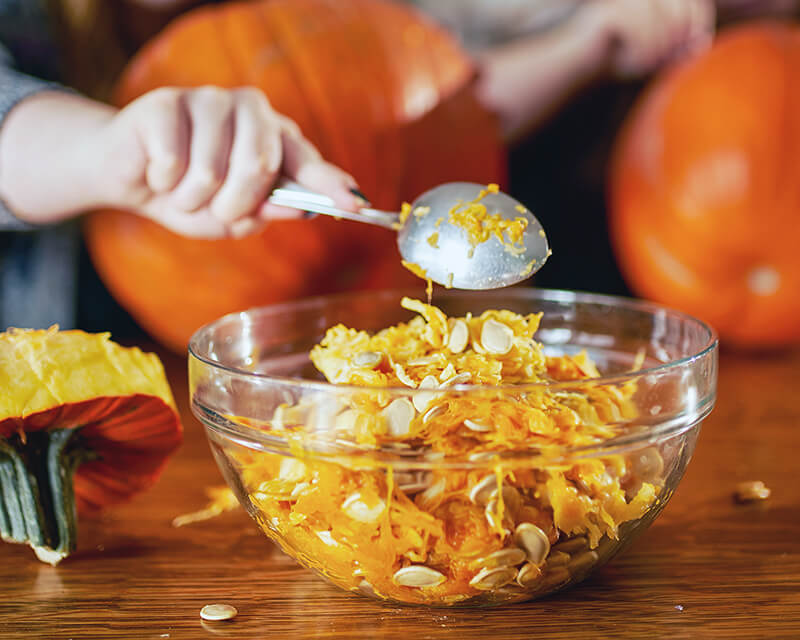
Students estimate the size and weight of pumpkins, sprout pumpkin seeds, and make pumpkin pie in a bag.
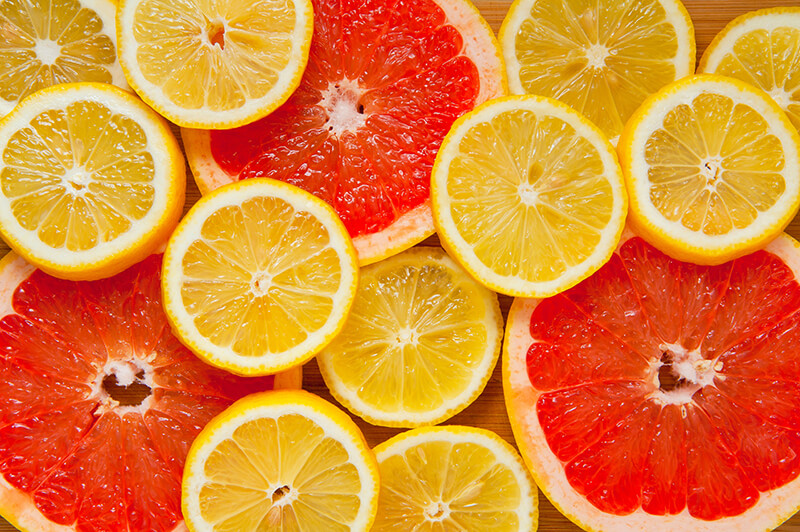
Students investigate the growth and production of citrus fruits and use observation and mathematical computation to compare and contrast grapefruits and lemons.
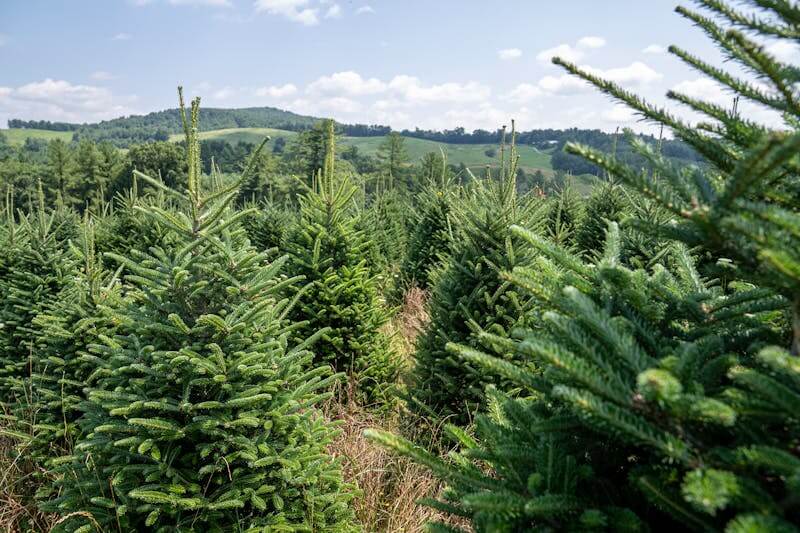
Students explore the history of the Christmas tree, explain the life cycle of a conifer, identify types of trees and how they adapt, discover what it's like to work on a Christmas tree farm, and examine the ecology of conifer trees.

Explore agricultural career pathways from a lens of problem solving to recognize the challenges that will need to be addressed in the next generation of careers. Students will also use a decision matrix to assess job characteristics and determine which career aligns best with their preferences and goals.
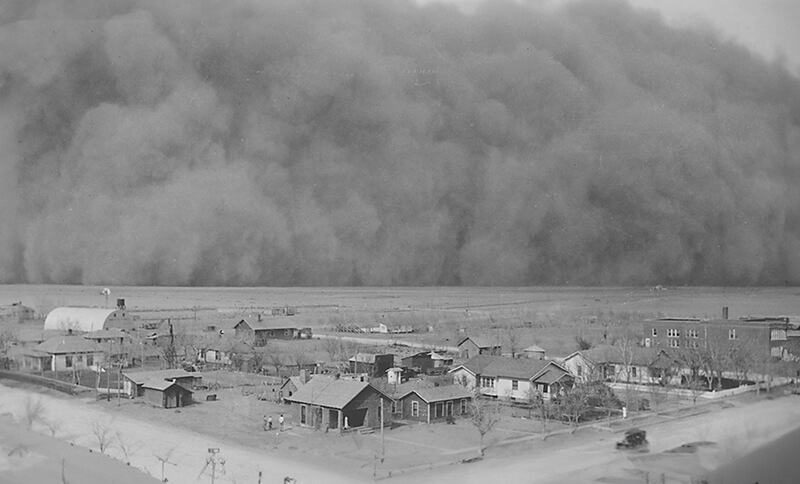
Students examine the modern and historical importance of soil erosion in Utah and on the Great Plains during the Dust Bowl.
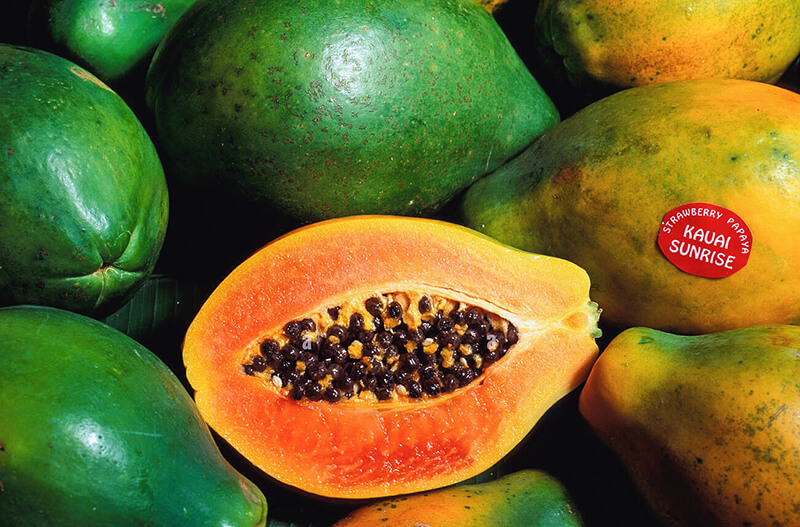
While many view bioengineered crops (GMOs) as a promising innovation, there is controversy about their use. This lesson provides students with a brief overview of the technology, equipping them with the ability to evaluate the social, environmental, and economic arguments for and against bioengineered crops (GMOs). This lesson covers a socioscientific issue and aims to provide students with tools to evaluate science within the context of social and economic points of view.
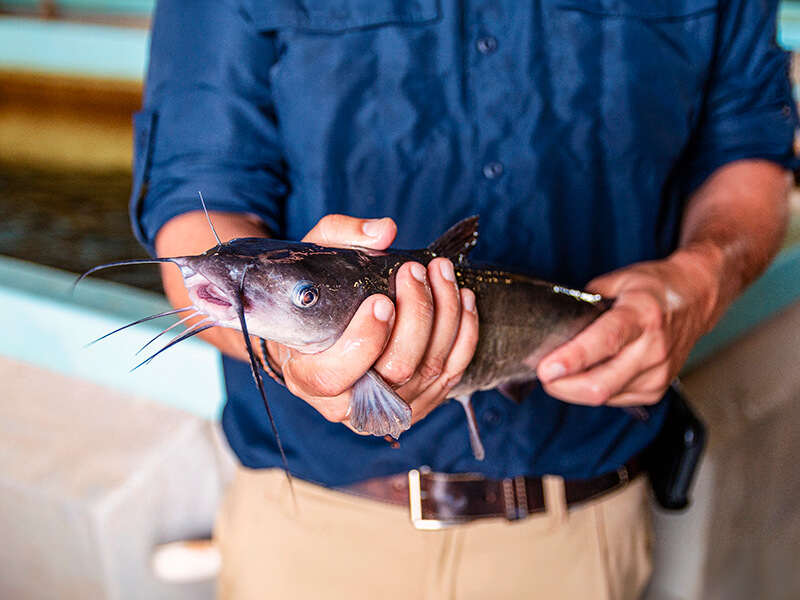
Students investigate a variety of aquaculture food products, discover how and where they are grown and raised, and explore their nutritional benefits.
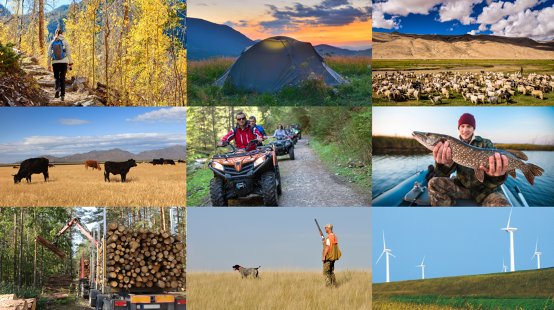
Using various forms of maps, students will analyze public lands in the western United States, describe how ranchers raise food and fiber on federally owned land, and discuss different points of view concerning public lands use and public lands grazing. This lesson covers a socioscientific issue and aims to provide students with tools to evaluate science within the context of social and economic points of view.
Students will explore the origins of food, describe how food waste affects natural resources and the environment, and identify potential solutions to mitigate food waste’s carbon footprint.